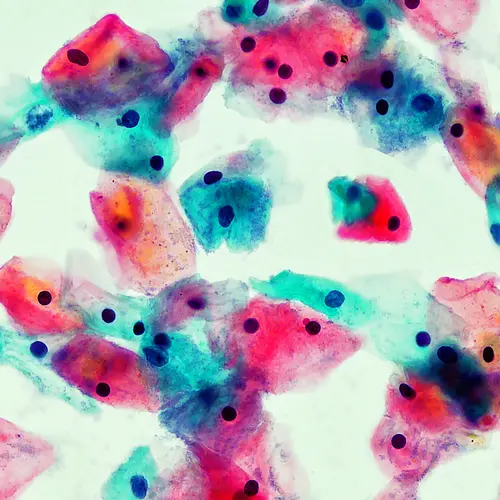Carcinoid syndrome is a group of symptoms that result from a rare type of tumor called a carcinoid tumor. This tumor grows slowly, starting most often in cells that line the digestive tract or lung.
Carcinoid syndrome occurs in fewer than 20% of those with a carcinoid tumor. The symptoms of carcinoid syndrome can affect many different parts of your body. You can take steps to improve these symptoms.
Causes of Carcinoid Syndrome
Doctors don't know very much about what causes carcinoid tumors. You may be at greater risk if you:
- Are African-American
- Have a certain genetic syndrome
- Have a condition that affects the stomach's ability to produce acid
Carcinoid syndrome results when a carcinoid tumor is advanced and releases large amounts of hormonal substances such as serotonin or other substances.
Symptoms of Carcinoid Syndrome
In many cases, carcinoid tumors often cause no symptoms. In advanced cases, when the tumor has spread, the increased release of hormonal substances can cause a diverse set of symptoms. These may include:
- Facial flushing, redness, and a sudden rush of warmth in the face that is sometimes confused with the hot flashes of menopause
- Diarrhea
- A fast heartbeat
- Wheezing
- A sudden drop in blood pressure
Other symptoms -- such as abdominal pain or intestinal bleeding -- may also depend on the location of the carcinoid tumor. Symptoms may worsen over time as a result of complications, such as damage to heart valves, leading to shortness of breath and heart murmur.
To diagnose a carcinoid tumor, your doctor will ask you about your history of symptoms, perform a physical exam, and order lab tests, imaging tests or scans, and an endoscopy to confirm a diagnosis or help locate a carcinoid tumor.
Factors such as stress, infection, drugs, alcohol, or certain medical procedures can trigger symptoms.
Seek immediate medical care if you have severe symptoms, because this may signal life-threatening carcinoid crisis. Severe symptoms include:
- Severe, lasting flushing
- Confusion
- Very low blood pressure
- A very rapid heartbeat
- Trouble breathing
- Bluish or purple skin color
Treatment for Carcinoid Syndrome
The type of treatment your doctor suggests depends on many factors. These include your symptoms and the location and size of the tumor or tumors.
Surgery may cure the syndrome if it can remove the entire tumor. Surgery may involve removing the tumor, nearby lymph nodes, and other tissue.
Somatostatin analogues (SSA) are drugs that block the extra release of hormones that cause the symptoms of carcinoid syndrome. Octreotide is one example of this type of drug. It is typically given by injection. Symptoms such as diarrhea and flushing may lessen quickly. Lanreotide is a similar type of drug that may also help with symptoms. These medications will not reduce the size of the tumor but may help slow its growth.
Other drugs control specific symptoms. Some examples are:
- Interferon, often given along with octreotide for symptoms and to help slow tumor growth
- Cyproheptadine, an antihistamine that can be used with carcinoid tumors that release histamines
- Telotristat ethyl (Xermelo) can be used in combination with SSA therapy to treat adults with carcinoid syndrome diarrhea
In addition to surgery, your doctor may treat the spread of the tumor to the liver with:
- Hepatic artery embolization, which reduces blood supply to the liver tumor
- Cryoablation, which freezes the tumor
- Radiofrequency ablation (RFA), which kills tumor cells with heat from electric currents
- Chemotherapy, which uses drugs to stop the growth of tumor cells
- Chemoembolization, which delivers a high dose of chemotherapy directly into a blood vessel that feeds the tumor and also blocks the arteries, trapping the drug in the tumor
- Radiation therapy, which uses high-energy X-rays or other types of radiation to kill tumor cells
Improving Symptoms With Nutrition and Self-Care
You can take steps at home to help with the symptoms of carcinoid syndrome. For example, avoid things that trigger your symptoms. This might include stress, certain types of physical activity, a large meal, alcohol, and some foods such as aged cheeses and other tyramine-containing foods.

